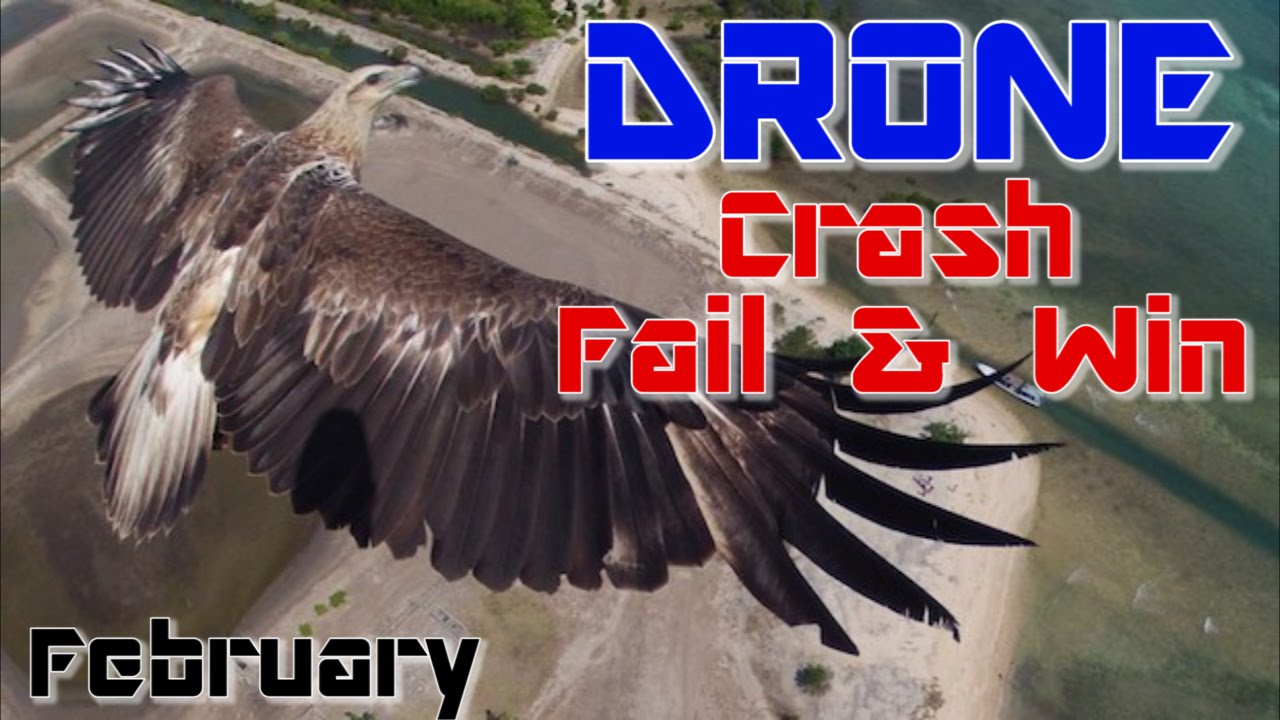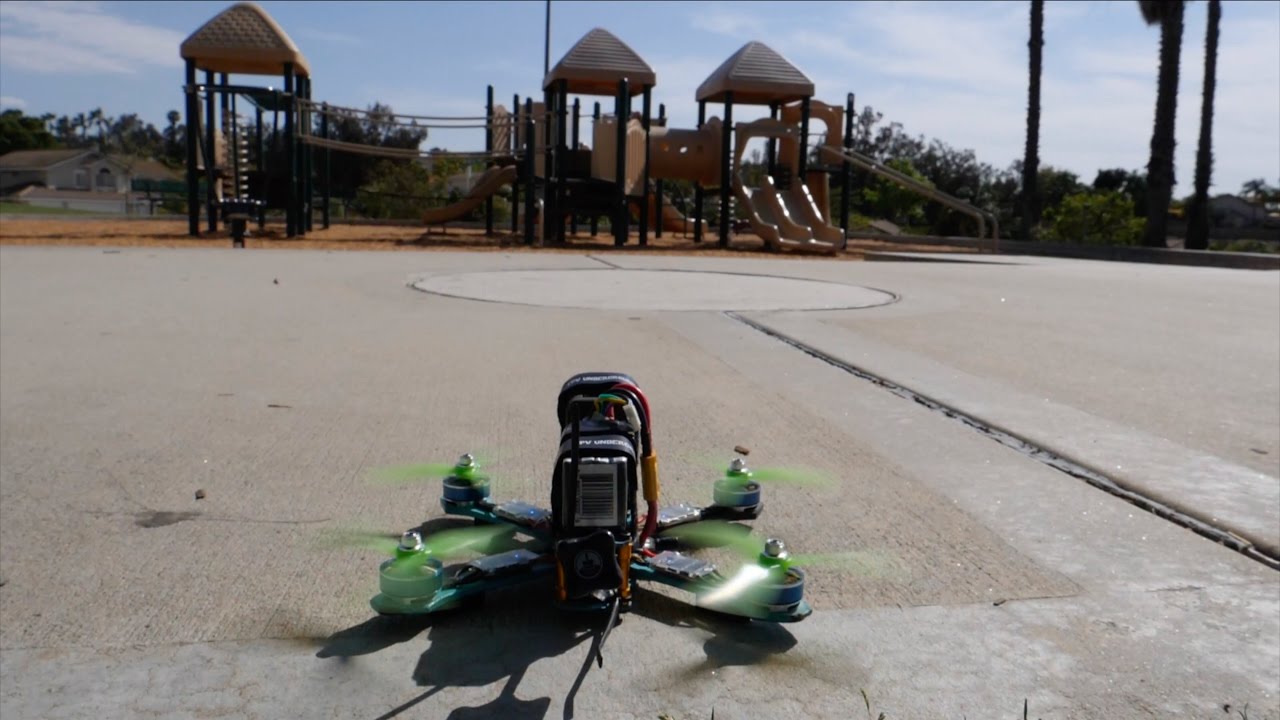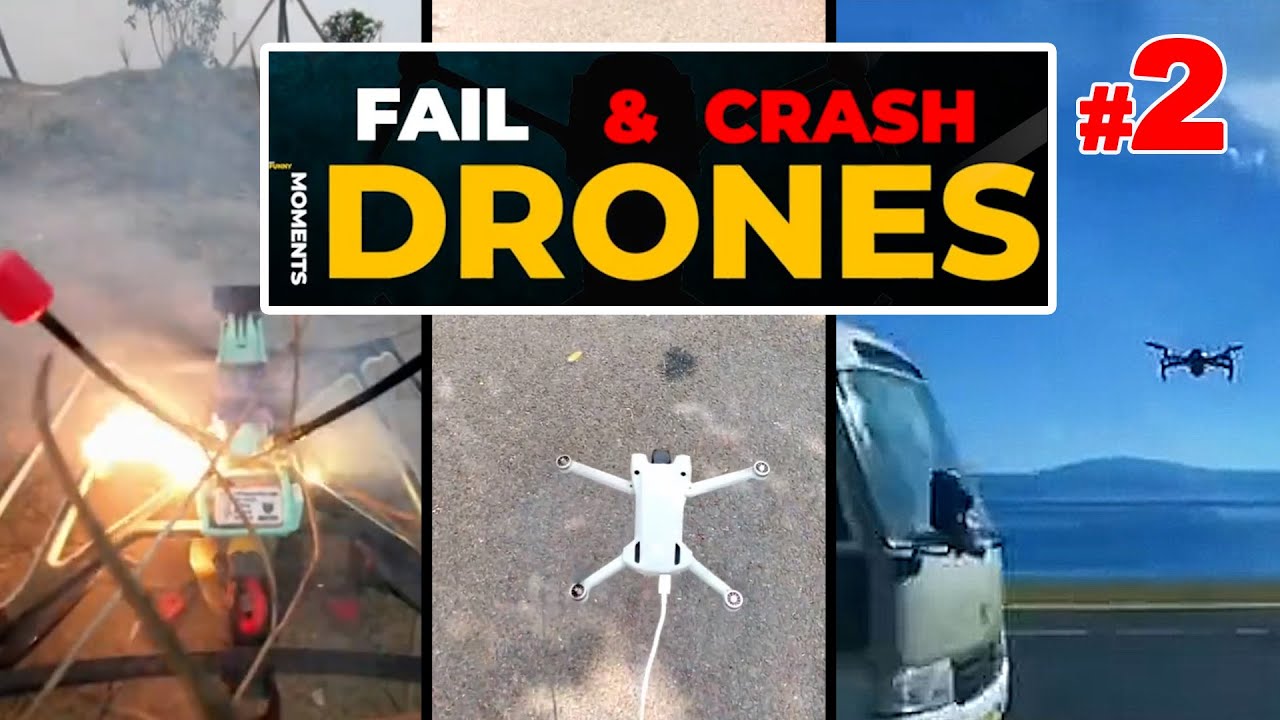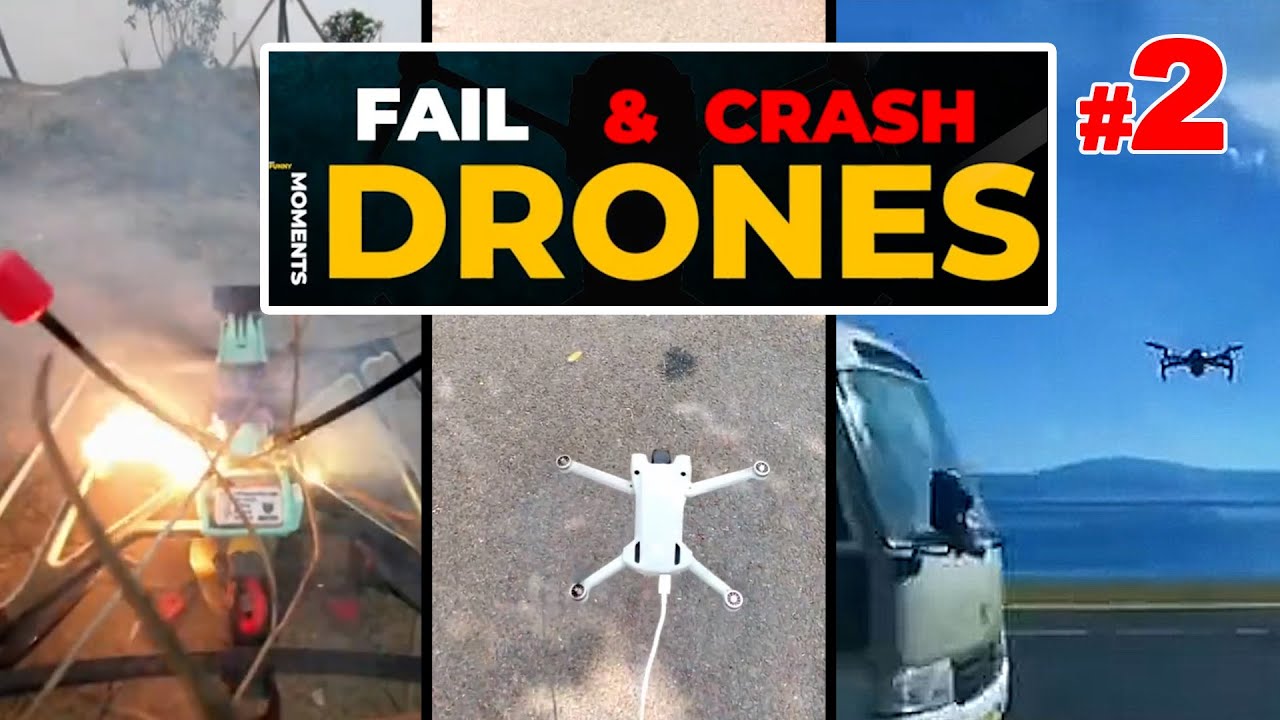Drone show crash: The spectacular visuals of synchronized drone flights can quickly turn disastrous. From software glitches to pilot error, the potential for failure in these complex displays is significant. This exploration delves into the various reasons behind these crashes, examining everything from technological limitations to human factors and the crucial role of safety regulations. We’ll look at real-world examples, explore preventative measures, and discuss the aftermath of these high-profile incidents.
Understanding the causes of drone show crashes is vital for improving safety protocols and ensuring the continued growth of this exciting technology. We’ll analyze different types of crashes, investigate post-incident procedures, and examine the impact of media coverage on public perception. By understanding the past, we can work towards a safer future for drone shows.
Drone Show Crash Analysis: Understanding the Causes and Prevention
Drone shows, while visually stunning, are complex operations with inherent risks. Understanding the various factors that can lead to crashes is crucial for improving safety protocols and preventing future incidents. This analysis explores the different types of crashes, existing safety measures, technological advancements, post-crash procedures, public perception, and illustrative examples to provide a comprehensive overview of this critical issue.
Types of Drone Show Crashes
Drone show crashes can be categorized into several types, each with its own contributing factors. These categories help in understanding the root causes and implementing targeted preventive measures.
| Crash Type | Cause | Description | Outcome |
|---|---|---|---|
| Software Malfunction | Software bug, GPS error | A sudden loss of control due to a software glitch, resulting in erratic flight and collision. For example, a corrupted flight plan could cause drones to deviate from their intended path. | Multiple drone crashes, potential damage to property, possible injuries. |
| Hardware Failure | Motor failure, battery malfunction, communication system failure | A mechanical failure within the drone itself, leading to a loss of control or complete system shutdown mid-flight. A motor failing during a complex maneuver, for instance, could cause a cascade of failures. | Single or multiple drone crashes, depending on the severity and extent of the failure. |
| Environmental Factors | Strong winds, rain, fog | Adverse weather conditions impacting drone stability and navigation capabilities. High winds can easily push a drone off course, while rain or fog can interfere with GPS signals. | Loss of control, crashes, potential damage to the drones and surrounding environment. |
| Human Error | Pilot error, improper planning, inadequate training | Errors made by the operators, including incorrect programming, poor decision-making during flight, or insufficient pre-flight checks. For example, an operator failing to account for wind conditions during a show. | Range of outcomes depending on the severity of the error; from minor incidents to widespread crashes. |
Safety Protocols and Regulations

Numerous safety protocols and regulations are in place to minimize the risk of drone show crashes. However, their effectiveness varies, and improvements are continually being explored.
- Pre-flight inspections and checklists
- Redundant systems and fail-safes
- Weather monitoring and contingency plans
- Licensed and trained operators
- Emergency response procedures
- Strict adherence to airspace regulations
Potential improvements include stricter enforcement of existing regulations, the development of more robust safety standards, and increased investment in operator training and certification programs. Real-time monitoring systems could also enhance safety by providing operators with immediate feedback on drone performance and environmental conditions.
Technological Advancements and their Impact, Drone show crash

Advancements in drone technology have significantly improved safety, reducing the likelihood of crashes. These advancements offer layers of protection and resilience against various failure modes.
- Improved GPS systems with enhanced accuracy and redundancy
- Sophisticated obstacle avoidance systems using sensors like LiDAR and cameras
- Fail-safe mechanisms such as automatic landing systems and emergency power-off capabilities
- Advanced flight controllers with improved stability and responsiveness
For example, drones equipped with obstacle avoidance systems can autonomously navigate around unexpected obstacles, reducing the risk of collisions. Comparing different models reveals variations in the sophistication and reliability of these safety features; some models offer more robust protection than others.
Post-Crash Procedures and Investigations
Following a drone show crash, a systematic investigation is crucial to determine the cause and prevent similar incidents in the future. This process involves several key stakeholders and a series of steps.
A typical post-crash procedure involves securing the crash site, collecting evidence (drone wreckage, flight logs, weather data), interviewing witnesses, and analyzing the data to determine the root cause of the incident. Key stakeholders include the drone show operator, the drone manufacturer, regulatory authorities (e.g., FAA), and potentially independent investigators.
Drone show crashes are unfortunately becoming more common, highlighting the need for robust safety protocols. One company pushing the boundaries of reliable drone technology is Sky Elements Drones, check out their impressive work here: sky elements drones. Hopefully, advancements like theirs will help prevent future mishaps and make drone shows even more spectacular and safe.
Post-Crash Investigation Flowchart (Textual Representation):
- Secure the crash site and preserve evidence.
- Collect data: drone logs, witness statements, weather reports.
- Analyze data: identify patterns, anomalies, and potential causes.
- Consult experts: drone engineers, aviation safety professionals.
- Determine root cause: compile findings into a comprehensive report.
- Implement corrective actions: revise protocols, update software, improve training.
- Share findings: with relevant stakeholders and regulatory bodies.
Public Perception and Media Coverage
Media coverage significantly influences public perception of drone shows. Negative publicity following a crash can damage the industry’s reputation and erode public trust. Companies must respond effectively to maintain confidence.
Drone show crashes are unfortunately becoming more common, highlighting the need for robust safety protocols. A recent example of a technical glitch causing problems was the orlando drone show malfunction , which serves as a stark reminder of the potential for things to go wrong even with advanced technology. Understanding these malfunctions helps us improve drone show safety and prevent future crashes.
Hypothetical Press Release Example:
FOR IMMEDIATE RELEASE
[Company Name] Addresses Recent Drone Show Incident
[City, State] – [Date] – [Company Name] is addressing a recent incident involving a malfunction during a drone show at [Location]. While no injuries or significant property damage occurred, we take full responsibility and are conducting a thorough investigation. Our team is working closely with relevant authorities to determine the cause of the malfunction. We are committed to enhancing our safety protocols and ensuring the highest standards of safety for future shows.
We appreciate the understanding of our clients and the public.
Illustrative Examples of Crashes

Several significant drone show crashes have highlighted the importance of safety. Analyzing these incidents reveals valuable lessons that can improve future operations.
Example 1: A large-scale show featuring hundreds of drones experienced a software glitch during a complex synchronized maneuver. The glitch caused several drones to deviate from their planned path, resulting in a chain reaction of collisions. The resulting visual impact was a chaotic flurry of falling lights and sparks against the night sky. The investigation revealed a flaw in the flight control software that was subsequently rectified.
Example 2: During an outdoor show in strong winds, several drones were blown off course and crashed into trees and the surrounding area. The visual effect was a scattered shower of falling drones against the backdrop of a stormy sky. The incident emphasized the critical importance of proper weather monitoring and contingency planning.
Example 3: A battery malfunction caused a single drone to lose power mid-flight, resulting in a controlled descent but with damage to the drone itself. Although the visual impact was minimal (a single drone dropping silently), the incident highlighted the need for rigorous battery maintenance and redundancy in power systems.
Conclusion: Drone Show Crash
Drone show crashes, while infrequent, highlight the need for continuous improvement in technology, regulation, and operator training. By learning from past incidents and proactively implementing safety measures, we can minimize the risk and ensure that these breathtaking displays continue to amaze audiences worldwide without the threat of catastrophic failure. The future of drone shows hinges on a collaborative effort to prioritize safety and responsible innovation.
Drone show crashes are unfortunately becoming more common, highlighting the need for robust safety protocols. To learn more about the planning and execution involved in preventing such incidents, check out the details of the orlando drone show , a prime example of a large-scale, well-organized event. Understanding their success can help us avoid future drone show crashes and improve overall safety standards.
Frequently Asked Questions
What is the most common cause of drone show crashes?
While various factors contribute, software glitches and communication failures are frequently cited as major causes.
How are drone show crashes investigated?
Investigations typically involve examining flight data logs, reviewing operator training records, and potentially analyzing drone hardware for malfunctions.
What insurance is needed for drone show operators?
Comprehensive liability insurance is essential to cover potential damages resulting from accidents.
What are the penalties for violating drone show regulations?
Penalties vary by jurisdiction but can include fines, license suspension, or even criminal charges.
